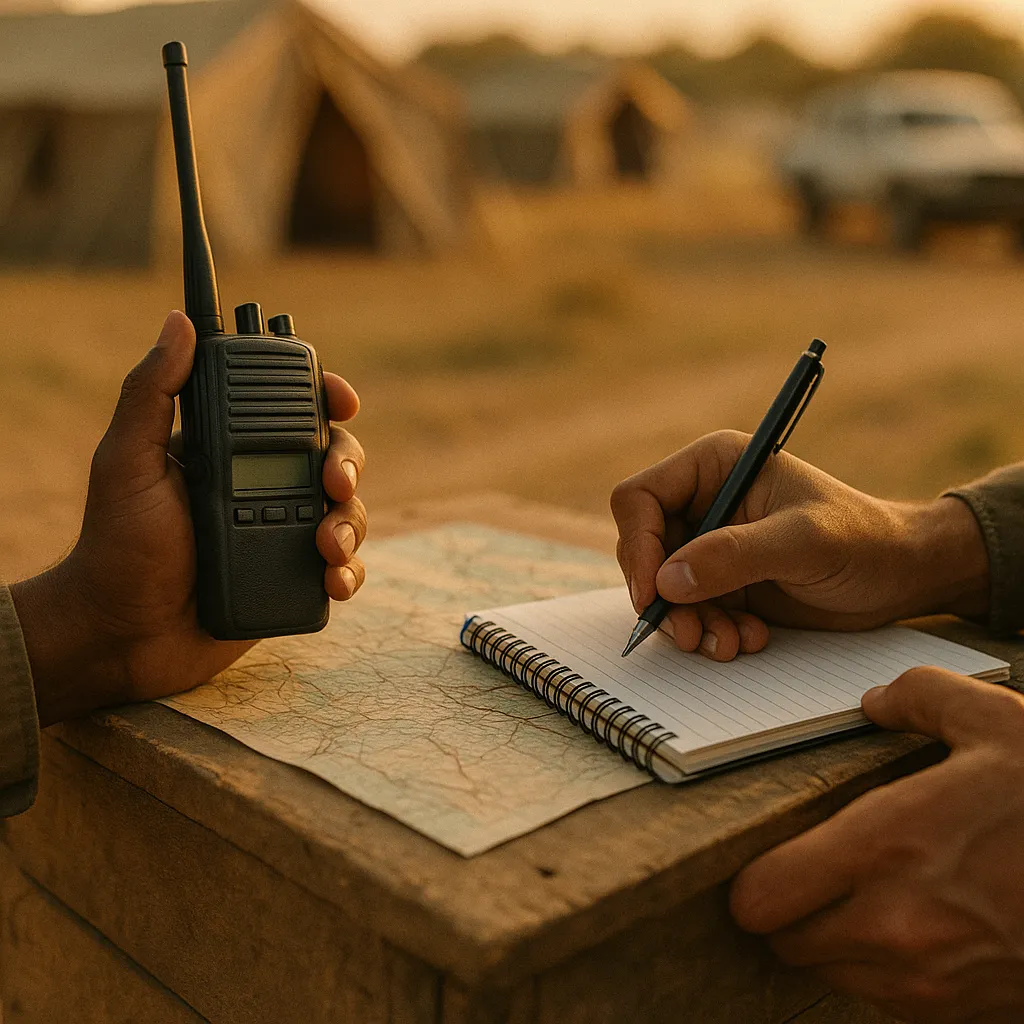Operational Security and Business Continuity Standards for non-permissive deployments
Published on: Thu Jun 05 2025 by Ivar Strand
Introduction: The Core Obligation
The safety and security of personnel deployed in fragile or non-permissive environments is a firm’s primary fiduciary and moral responsibility. This principle of ‘Duty of Care’ is the non-negotiable foundation upon which all successful field operations are built. However, effective planning extends beyond physical protection. It is about ensuring the resilience of the mission itself.
In this paper, we discuss the necessary integration of Security Risk Management (SRM) and Business Continuity Planning (BCP). The key challenge is that many organizations treat these as separate functions: security handles immediate threats, while management handles operational continuity. This is a flawed approach. At Abyrint, we have found that a truly robust system treats them as two sides of the same coin, creating a framework that protects both our people and our objectives.
1. The Foundational Link: Security and Mission Continuity
A fundamental idea is that security is not a cost center or an administrative hurdle; it is a core enabler of the mission. Without a structured approach to managing risk, programmatic goals are subject to constant disruption and ultimate failure. The objective is not the total elimination of risk—an impossibility in the contexts where we work—but rather informed risk acceptance.
This requires moving from a reactive security posture to a proactive, analytical one. The central question is not simply, “How do we keep our staff safe?” but rather, “How do we structure our operations to achieve our objectives safely and sustainably, even in the face of predictable disruptions?“
2. An Integrated Framework for SRM and BCP
We suggest a simple, cyclical framework for integrating these two functions. This model ensures that security measures are not developed in a vacuum but are directly linked to operational priorities and continuity triggers.
Exhibit A: The Integrated Security & Continuity Cycle
Our approach is built on a four-stage, iterative process:
- Step 1. Context Analysis & Risk Assessment: The process begins with a granular, localized analysis of the operating environment. This involves identifying specific threats (e.g., crime, civil unrest, political instability), vulnerabilities (e.g., location of offices, travel routes), and the potential impact of an incident on staff and operations.
- Step 2. Mitigation & Control Measures: Based on the assessment, the firm must implement specific controls. These fall into four categories: accepting the risk (for low-impact events), avoiding the risk (e.g., declaring certain areas off-limits), transferring the risk (e.g., through insurance), or implementing controls to reduce it (e.g., journey management, physical security upgrades).
- Step 3. Contingency & Continuity Planning: This step answers the question: “What do we do when a control fails or a risk materializes?” This is where BCP is explicitly integrated. For each identified risk, a corresponding contingency plan with clear triggers must exist. This includes plans for medical emergency, hibernation (shelter-in-place), relocation, and full evacuation.
- Step 4. Training, Drills & Review: A plan that exists only on paper is insufficient. This stage involves regular training for all staff, conducting drills and simulations of key contingencies, and establishing a formal process for reviewing and updating the plan based on lessons learned or changes in the operating environment.
3. Key Components of a Robust Plan
Translating the framework in Exhibit A into practice requires several specific, codifiable components.
- a. Context-Specific Risk Assessment: A generic plan is of little value. The assessment must be specific to the city, the neighborhood, and the nature of the work being done. It must also account for the potential for sudden, exogenous shocks that can rapidly alter the security landscape.
- b. Clear Thresholds for Action: The plan must define precisely what events trigger specific actions. For example, what level of political protest triggers a work-from-home order? At what point is a decision on evacuation moved from the field director to headquarters? This clarity is critical for decisive action under pressure.
- c. Layered Evacuation Planning: A single “evacuation plan” is inadequate. A mature plan includes multiple layers, such as relocation to a safer area within a city, hibernation in a secure compound, consolidation of staff to a regional safe haven, and, finally, full international evacuation.
- d. Redundant Communications Protocols: Communication is often the first casualty in a crisis. A plan must include redundant systems, such as satellite phones and high-frequency radio, alongside clear protocols for regular check-ins and emergency alerts.
- e. Fiduciary and Legal Continuity: How will staff be paid if the banking system fails? What are the legal requirements for ceasing operations under local law? A comprehensive plan addresses these administrative and financial dimensions of a crisis to ensure the firm meets its obligations.
4. Beyond Procedures: The Human Element
Ultimately, the effectiveness of any plan rests on people. Training is not a checkbox exercise; it is the process of building staff confidence and muscle memory to ensure they can execute procedures correctly under extreme stress. At Abyrint, we have found that regular, simulation-based training is the most effective tool for preparing teams for high-stakes events.
Furthermore, Duty of Care extends beyond the crisis itself. Providing for the psychological well-being and aftercare of staff who have experienced a critical incident is an essential component of a responsible human resources policy.
5. From Liability to Asset
Thinking about staff security and business continuity in a structured, integrated way transforms it from a perceived liability into a strategic asset. A well-designed and properly implemented plan does more than mitigate risk. It demonstrates professionalism to clients, builds trust and confidence with staff, and ultimately enables the firm to operate effectively and sustainably in environments where its work is needed most. It is an investment in the resilience of both our people and our purpose.



